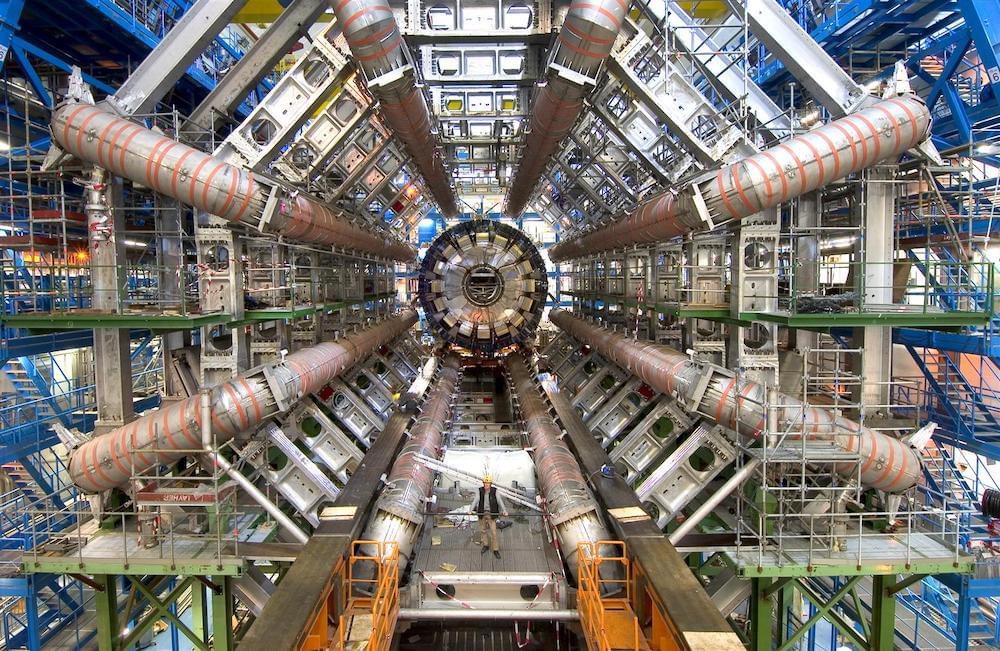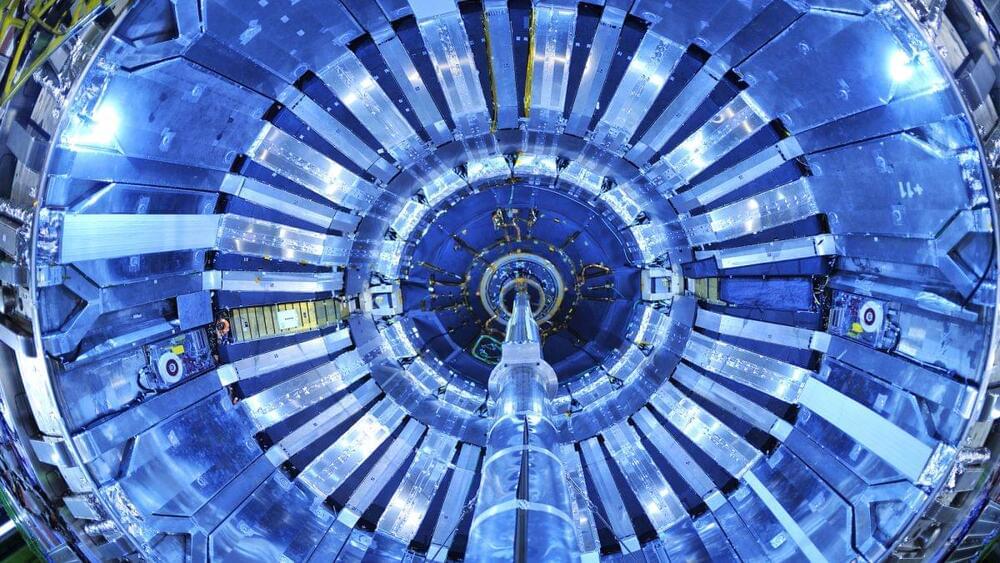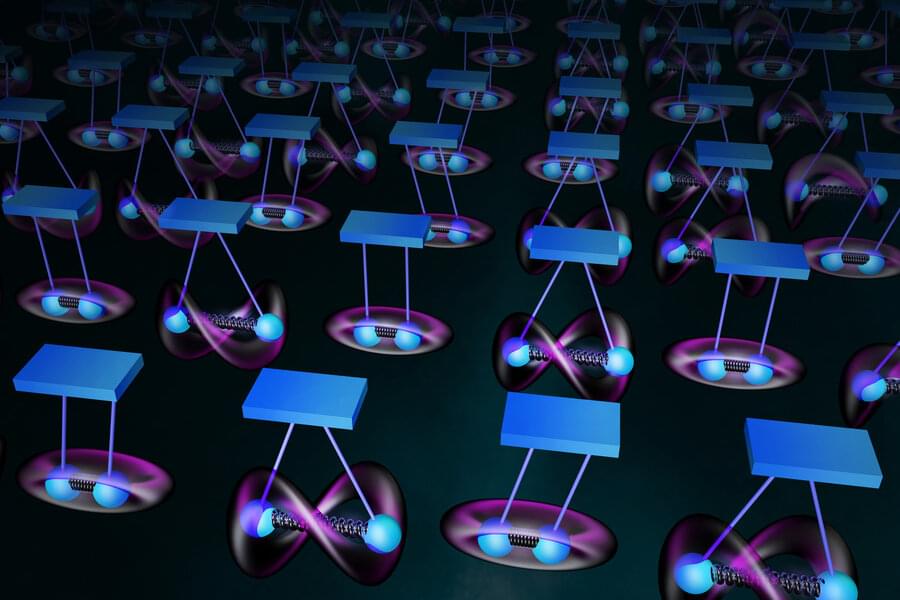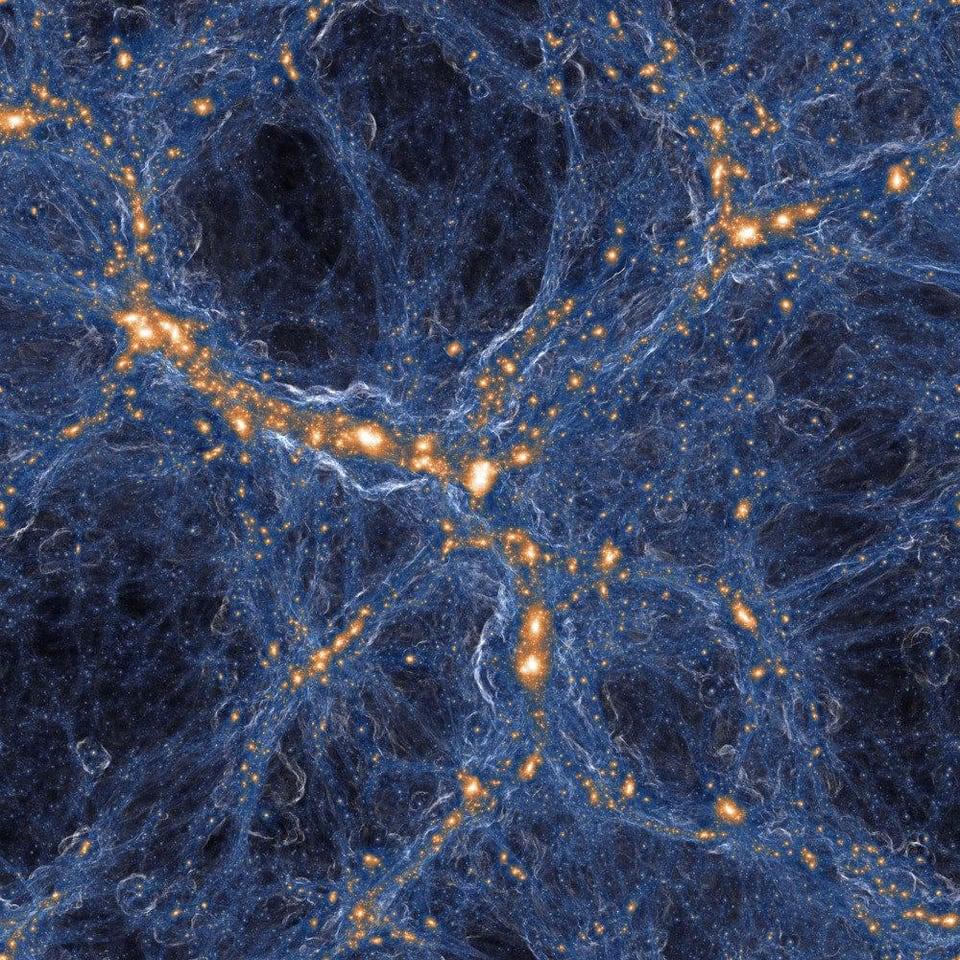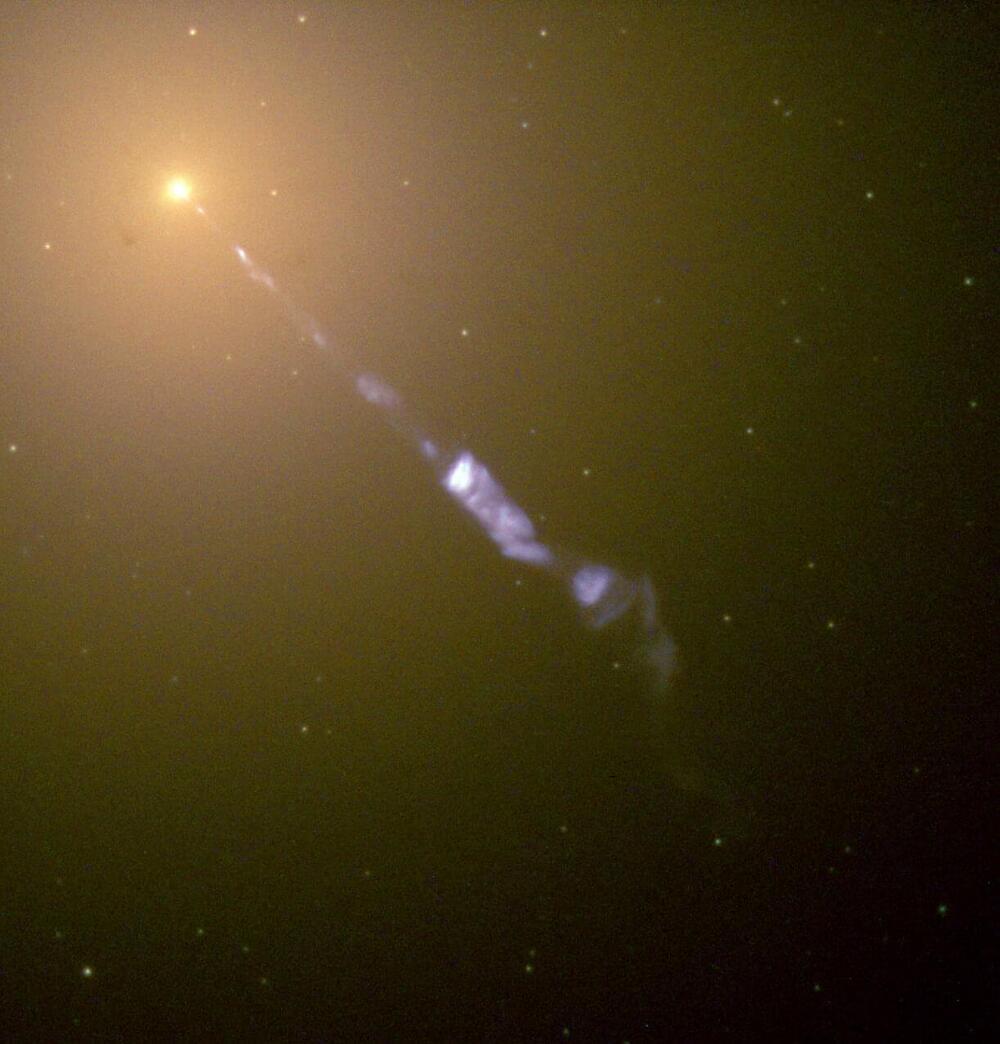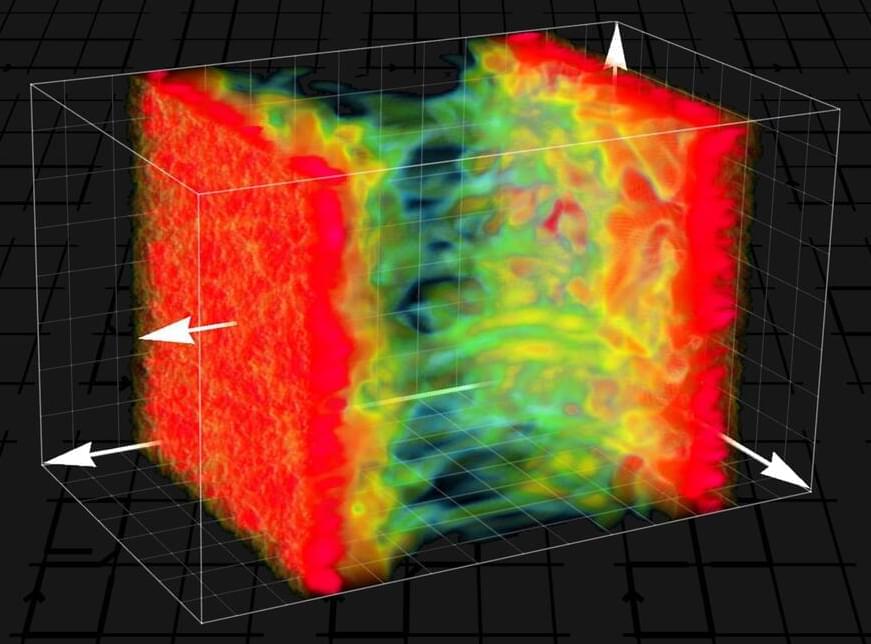Physicists must swing between crafting the mind-bending ideas about reality that make up theories and advancing technologies to the point where new experiments can test those theories. 2021 was a big year for advancing the experimental tools of physics.
First, the world’s largest particle accelerator, the Large Hadron Collider at CERN, was shut down and underwent some substantial upgrades. Physicists just restarted the facility in October, and they plan to begin the next data collection run in May 2022. The upgrades have boosted the power of the collider so that it can produce collisions at 14 TeV, up from the previous limit of 13 TeV. This means the batches of tiny protons that travel in beams around the circular accelerator together carry the same amount of energy as an 800,000-pound (360,000-kilogram) passenger train traveling at 100 mph (160 kph). At these incredible energies, physicists may discover new particles that were too heavy to see at lower energies.
Some other technological advancements were made to help the search for dark matter. Many astrophysicists believe that dark matter particles, which don’t currently fit into the Standard Model, could answer some outstanding questions regarding the way gravity bends around stars – called gravitational lensing – as well as the speed at which stars rotate in spiral galaxies. Projects like the Cryogenic Dark Matter Search have yet to find dark matter particles, but the teams are developing larger and more sensitive detectors to be deployed in the near future.
